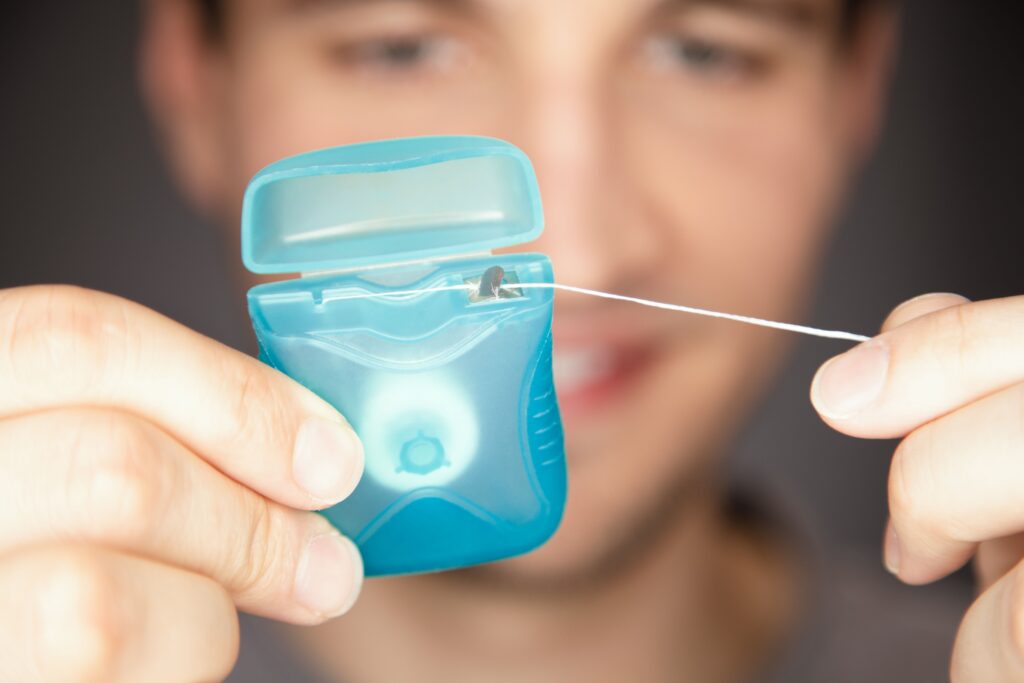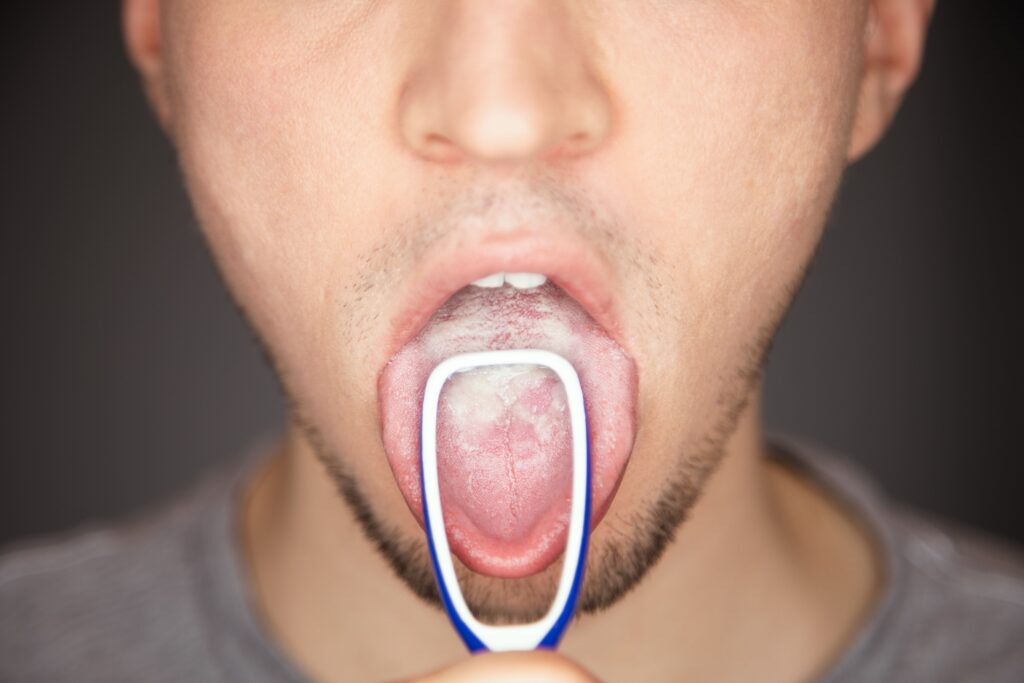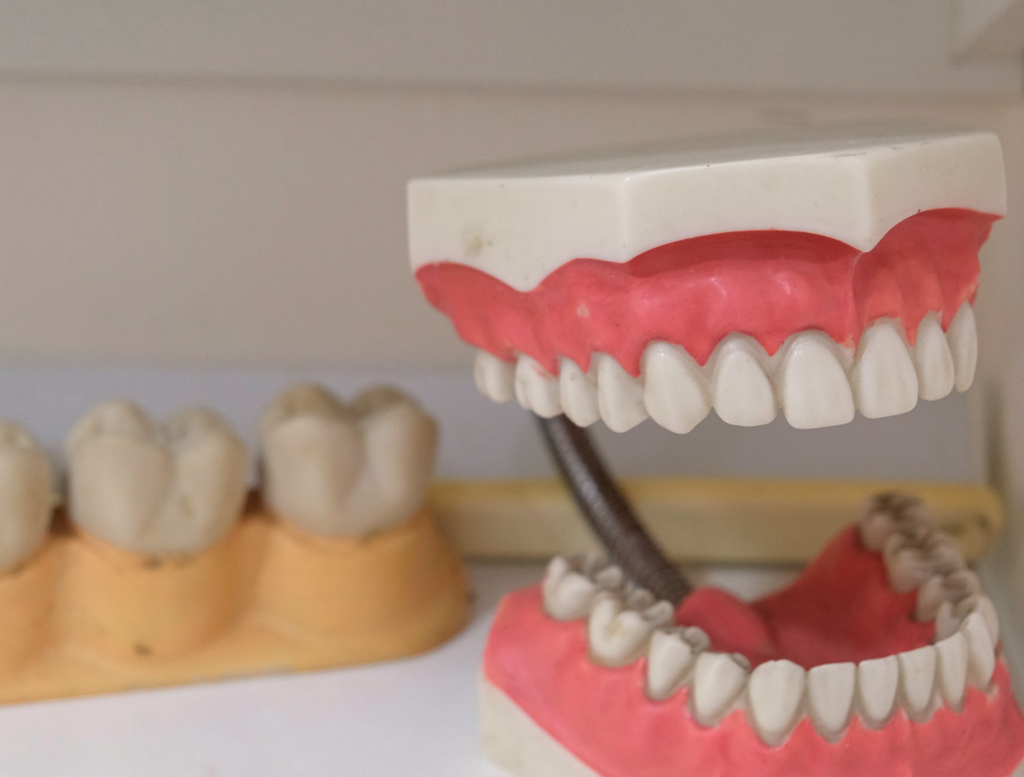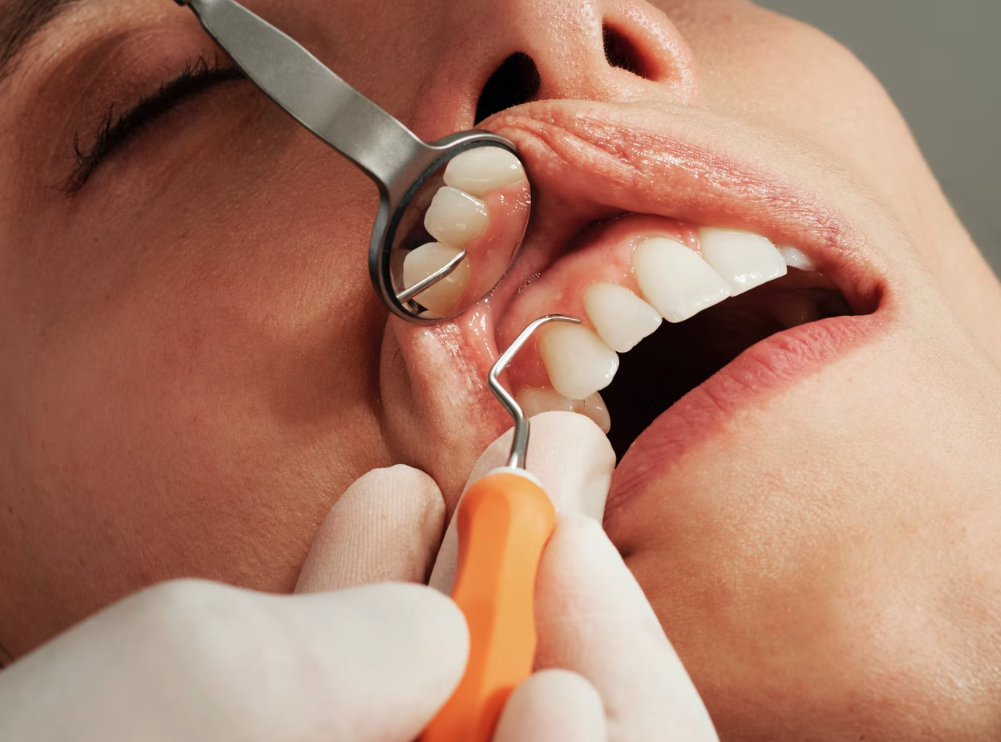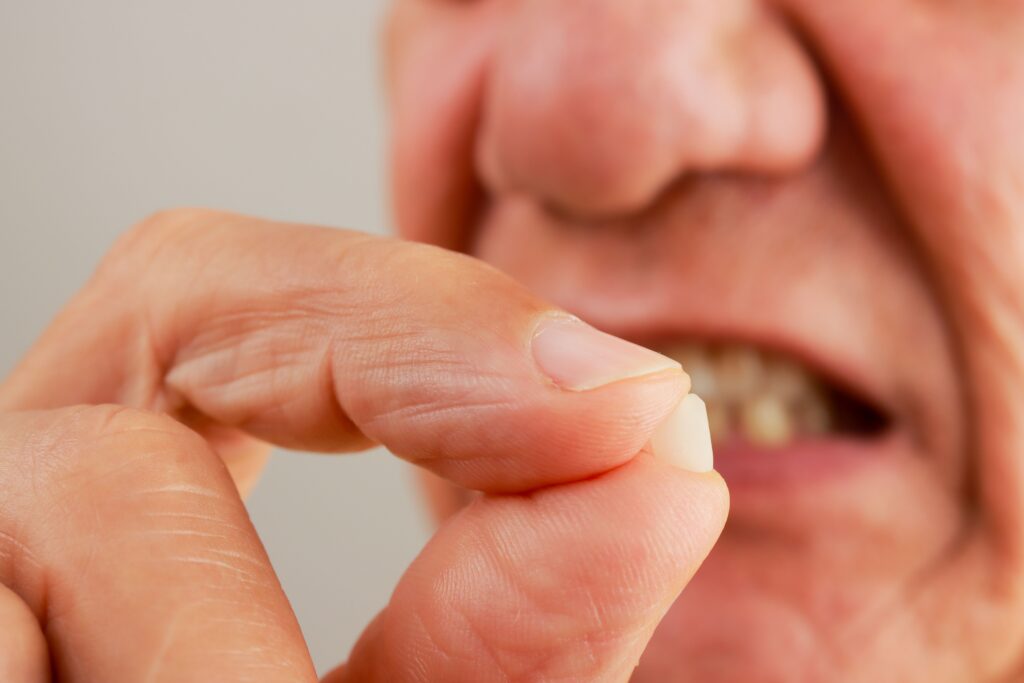Selecting the right dental floss might seem like a simple task, but with a myriad of options available, it can quickly become overwhelming. From unwaxed to waxed, dental tape to high-tech PTFE floss, each type boasts unique features and benefits. In this guide, we’ll unravel the mystery of dental floss selection, exploring different types and determining which is most effective for maintaining optimal oral hygiene.
Choosing the right dental floss begins with understanding your oral health needs and preferences. Factors to consider include the spacing of your teeth, sensitivity levels, and any dental appliances you may have, such as braces or bridges. By assessing these factors, you can narrow down the options and select a floss that best suits your individual requirements.

What Types of Floss Are There?
- Unwaxed Floss: This thin nylon floss consists of approximately 35 strands twisted together, making it ideal for tight spaces between teeth. However, it may be prone to shredding or breaking, particularly if your teeth are closely packed.
- Waxed Floss: Standard nylon floss with a light wax coating, waxed floss is less likely to break than unwaxed floss. However, the wax coating may make it slightly more challenging to maneuver in tight spots.
- Dental Tape: Dental tape is broader and flatter than standard floss, making it more comfortable for individuals with wider tooth spaces. It comes in both waxed and unwaxed versions, offering versatility and ease of use.
- Polytetrafluoroethylene (PTFE) Floss: Utilizing the same material as high-tech Gore-Tex fabric, PTFE floss slides effortlessly between teeth and is less likely to shred compared to standard floss. Its smooth texture makes it an excellent choice for individuals with sensitive gums.
- Super Floss: Made from yarn-like material with stiffer sections on each end, super flosses are designed for cleaning around braces or dental bridges. The rigid ends help navigate tricky areas, ensuring thorough plaque removal.
What Type of Dental Floss Is Most Effective?
The effectiveness of dental floss ultimately depends on your individual needs and preferences. For those with closely spaced teeth, unwaxed or PTFE floss may provide optimal cleaning capabilities. Conversely, individuals with wider tooth gaps may find dental tape more comfortable and efficient. Experimenting with different types of floss can help you determine which works best for your unique oral anatomy.
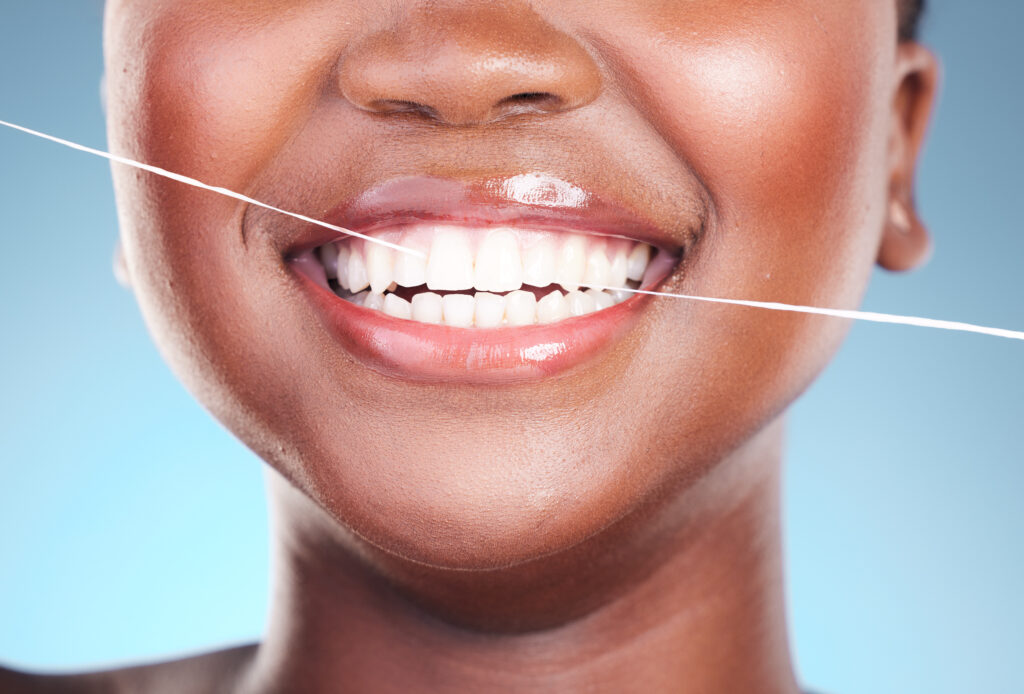
Is It Better to Use Dental Floss or Waterpik?
While traditional dental floss remains a cornerstone of oral hygiene, water flossers like the Waterpik offer an alternative cleaning method with distinct advantages. Water flossers use a stream of pulsating water to dislodge plaque and debris from between teeth and along the gumline, making them particularly beneficial for individuals with braces, implants, or sensitive gums. However, water flossers should not be viewed as a replacement for traditional flossing but rather as a complementary tool to enhance oral health. Consulting with your dentist can help determine the most suitable option for your specific needs.
Conclusion
In conclusion, selecting the right dental floss is essential for maintaining optimal oral hygiene and preventing dental issues such as cavities and gum disease. By considering factors such as tooth spacing, sensitivity, and personal preference, you can choose a flossing method that effectively removes plaque and promotes a healthy smile. Whether you opt for unwaxed, waxed, dental tape, PTFE floss, or a combination thereof, consistency and proper technique are key to achieving optimal results. Don’t hesitate to experiment with different types of floss until you find the perfect fit for your dental care routine. Your smile will thank you for it!


